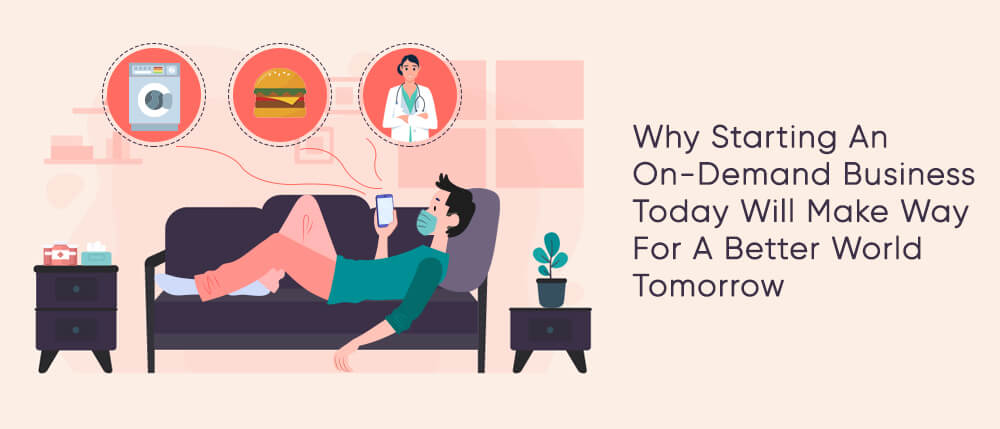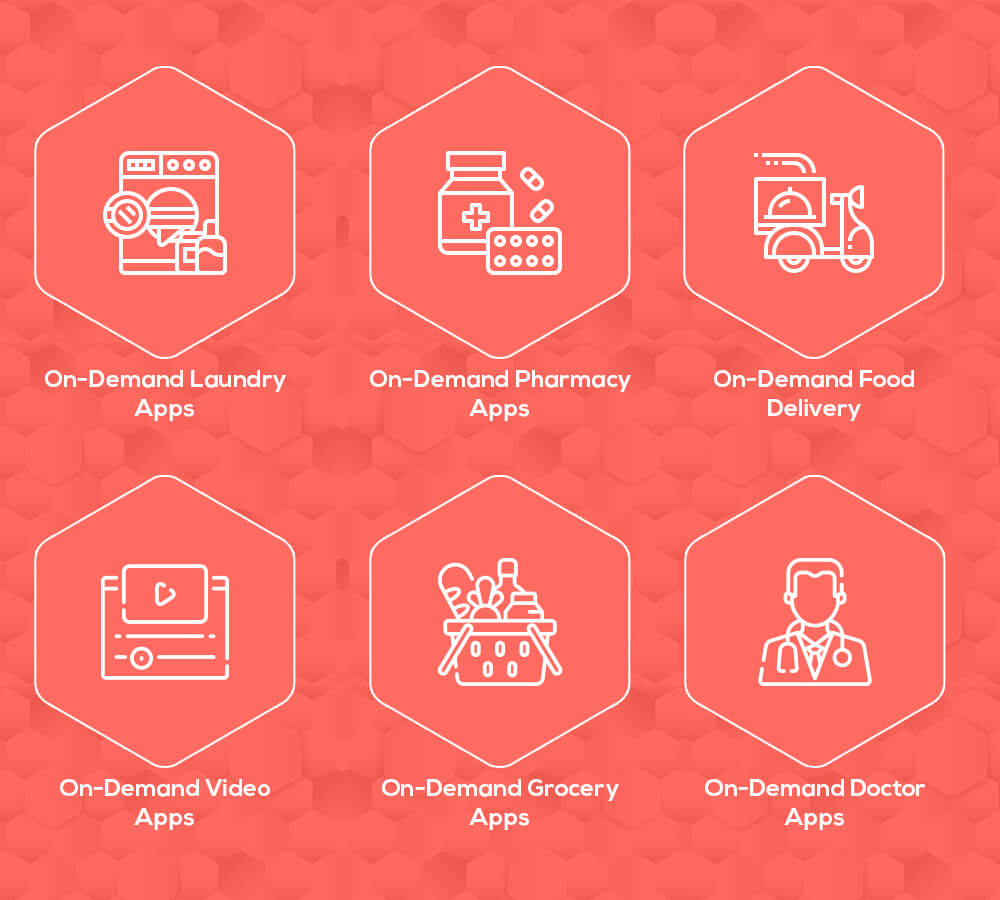-
solutinos
-
Hire
Frontend Developer
Backend Developer
-
NodeJS Developer
-
Java Developer
-
Django Developer
-
Spring Boot Developer
-
Python Developer
-
Golang Developer
-
Ruby on Rails Developer
-
Laravel Developer
-
.NET Developer
Technology
-
Flutter Developer
-
React Native Developer
-
Xamarin Developer
-
Kotlin Developer
-
Cross-Platform Developer
-
Swift Developer
-
MongoDB Developer
-
C Developer
-
Smart Contract Developers
Cloud
-
-
Services
Mobile Development
Web Development
- Work
-
Multi Services App
-
Food Delivery App
-
Grocery Delivery App
-
Taxi Cab Booking App
-
Multi Services App
-
OTT Platform APP
-
Social Media APP
-
Freelance Service App
-
Car Rental App
-
Medicine Delivery App
-
Liquor Delivery App
-
Sports Betting App
-
Online Coupon App
-
eLearning App
-
Logistics & Transportation App
-
Courier Delivery App
-
On-Demand Real Estate App
-
E-Wallet APP
-
Online Dating App
-
Handyman Services App
-
-
Process
-
Company

The last couple of months have been rough – for employees, for business owners, for businesses, for people, for the world. When 2020 was just around the corner, we still remember the hopes and aspirations we had for this year. From expansion planning to incorporating the latest of tech and innovation in our processes, the year’s calendar was supposed to be hectic.
We’re sure this is the case for whoever is reading this. You would have planned a lot of things for this year. Probably you were waiting to land your dream job this year. You wanted to finally start your own businesses. You took the leap of becoming a freelancer. Or anything your heart asked you to do.
But again, things hardly go as planned. Especially when it comes to the forces of nature, everything is unpredictable and all our plans look good only on papers. Amidst all our goals and visions for 2020, a virus originated from one corner of the earth and put the entire world in a series of testing conditions.
From an epidemic, it evolved into a global pandemic that has brought even the biggest countries down. Economies, lives, livelihood and more have been affected throughout the globe and the number of people affected by the Covid-19 virus has increased to such an extent that numbers hardly seem to matter anymore.
But this post is not about the consequences of coronavirus. It’s not about the numbers or statistics across frontiers. It’s about hope. It’s about reflecting. It’s about bringing to light an essential angle which is going about unnoticed.
The Inevitable On-Demand Economy
If you notice, the virus has managed to impact most of the businesses and industries across the globe. But what has not been affected but in fact become more prominent is the on-demand economy.
When lockdowns and shelter-in-place were implemented, malls and stores closed from operating. However, the need for groceries and essentials never went down. In such scenarios, what was extremely handy was the on-demand services offered by a myriad of companies out there.
In the last 60 or 70 odd days, we’re sure you would have gotten essentials delivered to your home with the help of an on-demand app. For people living alone in a different city, it could be food from a hygienic restaurant. For families it could be groceries and essentials for the week (even meat). And for the ailing, medicines and doctor appointments.
When the conventional stores were forced to shut their stores, the virtual ones opened. And businesses that added an on-demand wing to their ventures survived the pandemic and managed to carve a name for themselves in their respective neighbourhood.
From our personal interactions, we could recollect some business owners were still hesitant about going digital with their stores and operations and it’s only saddening to get in touch with them during this time.
So, if you’re a business owner planning to start a new on-demand business or upgrade to one, here are some essential reasons why the on-demand economy is not just thriving but expanding.
The Foundational Idea
If you remember, the entire concept of the on-demand economy revolves around people ordering their preferred goods and services from the comfort of their homes. Without having to step out for anything, the whole point was to get products delivered at doorsteps.
When social distancing and strict lockdowns were implemented, people were forced to stay indoors unless specified. And governments across the globe also included on demand mobile app development as part of essential deliverables to foster convenience to people.
It was at this point that another bubble burst. Conventional shoppers also turned to on demand services to avoid contracting the disease. They got a taste of convenience and would probably continue to prefer this sector going forward.
The idea of on-demand economy was already validated when investors were keen to invest in these services but this pandemic has further proved that this sector is here to stay. By aiding us in times of crisis, it has become the hero we never thought we needed.
Diversification
On-demand business owners have always been a step ahead from the rest. They were the first to get a sense of this idea and invest in on-demand services and that worked as well. Even during the pandemic, owners of a linear service sensed the urgency in their respective regions and expanded their operations to deliver other services.
For instance, popular food delivery companies collaborated with grocery and essential stores to deliver products. Product delivery services further added courier delivery services. These companies did whatever they could to help people fight the virus from their homes and maintain a safe and secure environment for their employees.
A problem along with an opportunity was identified at the right time. This allowed businesses to create a brand recall value for themselves in the market, garner trust value and loyalty.
These are the foundational pillars for any successful business.
Keeping Up With Hygiene Standards
The on-demand economy was also quick to understand the risk involved. This venture is all about delivering products and essentials that involve coordinating with people from diverse places. This not only increases the risk of contagion but creates hesitation in the minds of consumers as well.
But these businesses acknowledged the risks involved and eliminated them one by one. Several companies made it a point to test their employees and work with them only if they showed zero symptoms of the virus. Hygiene protocols were established and followed. And even concepts like zero contact delivery were laid out to prevent unnecessary contact.
This further added trust and credibility among consumers.
Diverse Options
The on-demand services were not just restricted to products and essentials. In fact, this involved on-demand pharmaceutical services, laundry services, doctor services and entertainment. If you think, these are the only inevitable services we need at any given point of time and the economy offered without restrictions.
We could forget all the negativity around us for a short while when we binge-watch our favourite movies and series on demand. We go to sleep with reassurance that a doctor or a pharmacy was just a swipe away in case of an emergency. We woke up to a good breakfast because our groceries were delivered on time.
The on-demand economy is truly a blessing in this time.
How Can You Start An On Demand Business And Help Fight The Virus
There is no shortage of requirements in the on-demand sector. Even now, there are several urban and rural places around the world where on-demand services are yet to reach. If you intend to start an on-demand business today, there is a sequential step you should follow.
We are shedding light on that as well to help you get a clear idea of it.
Note that the intention here is not to make use of a grim situation in front of us and find ways to monetize it. The sole purpose of setting up an on-demand service business is to further help the world fight the virus and its consequences and reach places where help and assistance is required.
Ideation
The idea is simple – getting goods and services delivered to people at their homes. But the brainstorming should involve what goods and services. Ask yourself some of these questions and try to find out answers:
- What is the area or region you intend to focus on?
- What are the on-demand services do you plan to deliver – groceries and essentials, food, pharmaceutical, entertainment, laundry or doctor?
- Are there any existing apps in the region/market you are focusing on?
- Why would people want to use your app?
- What value will your app bring into the lives of your customers?
Answers to these will give you an extensive idea about your business and help it get a better shape.
Application Design
With the answers to the above questions, the next step is to get started with the application designing. From wireframing and designing the user interface, all the processes involved will tie back to the answers you got from the questions.
For instance, if it’s a rural region, payment options like online or UPI transfer won’t work. Cash on delivery would make the most sense. In such regions, the interface has to be kept as minimalistic as possible and the essential features to stand out and be obvious and self-explanatory.
Because people are less held up than otherwise, the life of an app has significantly reduced as well. If your app does not look or perform the way it is required to, your customers won’t hesitate from uninstalling your app and installing an alternative.
Application Development
Once the design is done, the next is to develop the app. The concern here is if you intend to develop a native app for each operating system or do you build a cross-platform app development. While this depends on your budget and time-to-market, this stage defines the functionality and performance of your app.
Deployment and Maintenance
Developing and rolling out an app marks the completion of only half the process. The remaining half involves the deployment and maintenance of your app. From uploading and making your app available on multiple app stores to making sure it is marketed well and visible to your target audience, tons of effort go in.
Your app should also be maintained consistently to seamlessly handle traffic, identify security loopholes if any, add modules if you expand or diversify, roll out updates and patches and more.
Wrapping Up
Now is the perfect time to make a difference with your idea and impact the world. As the pandemic and its effects slowly fade away from the face of the earth, you would have a substantial business with you that is not just credible but a revenue-generating medium for the times to come.
If you’ve made the decision, we recommend getting in touch with us. We are pioneers in on demand app development. Our processes are airtight and development time is fast. Get the best version of your app developed with us.


